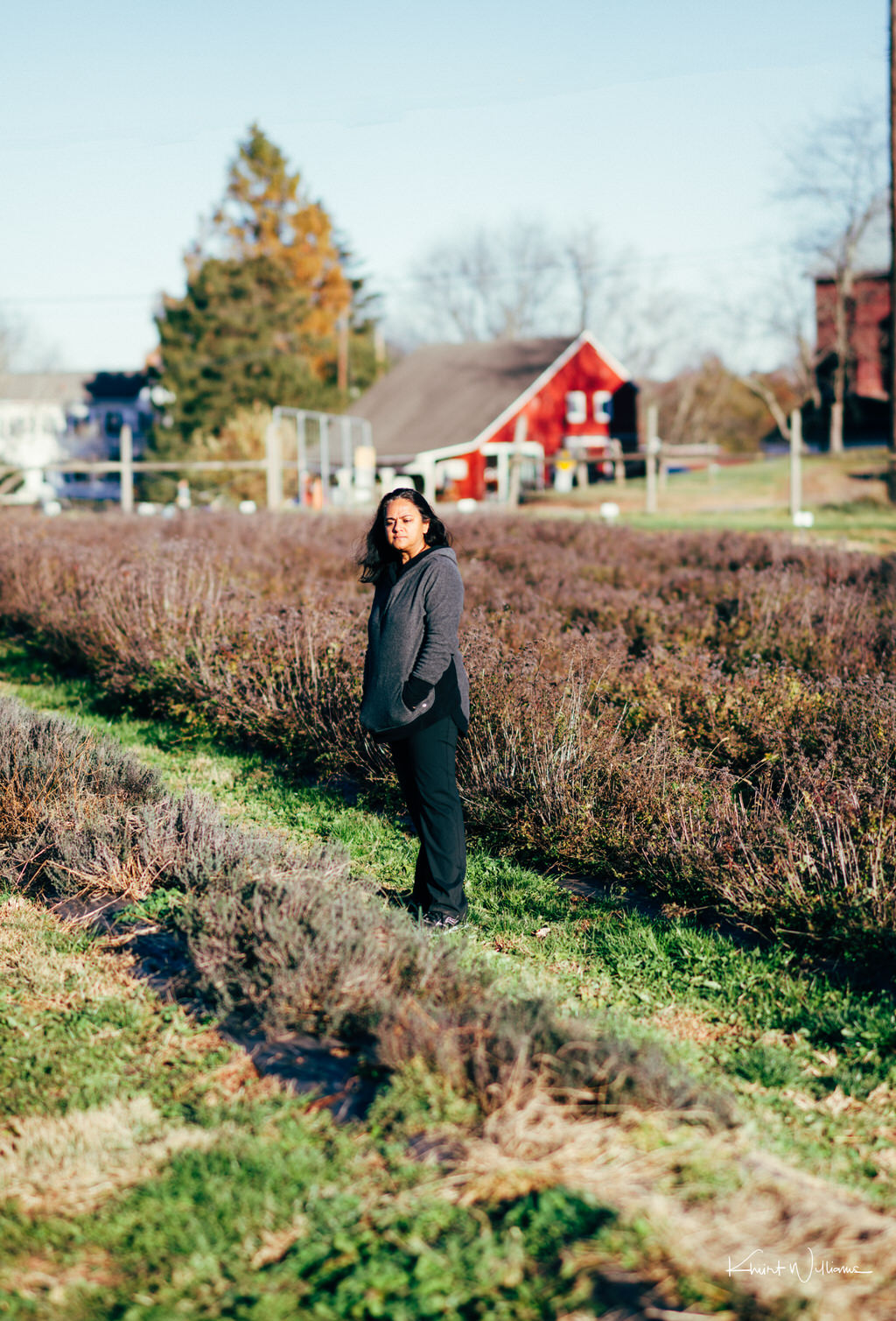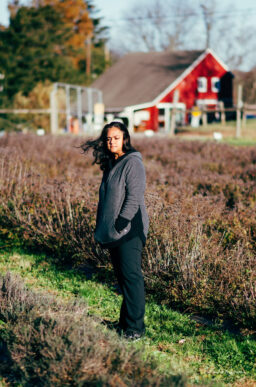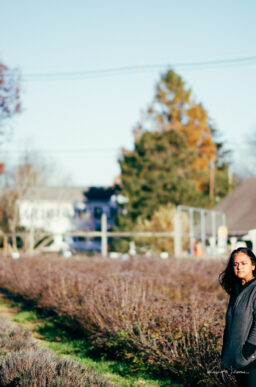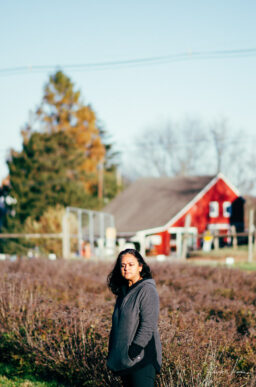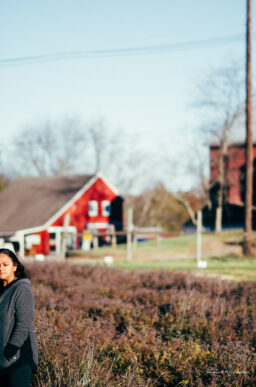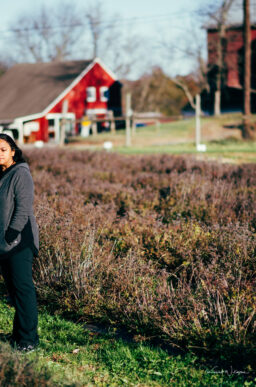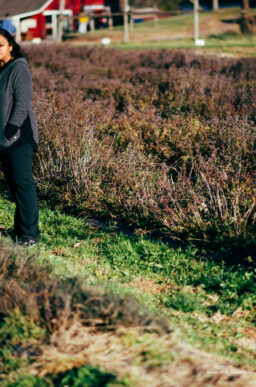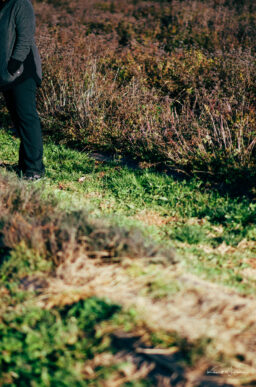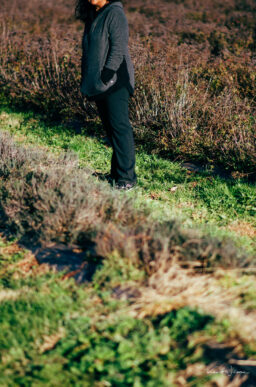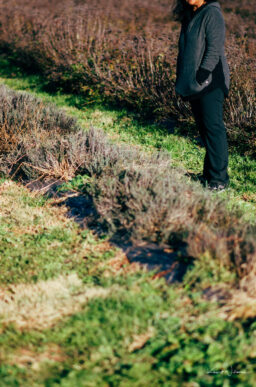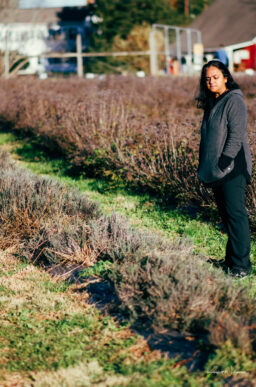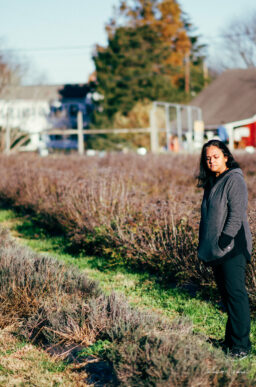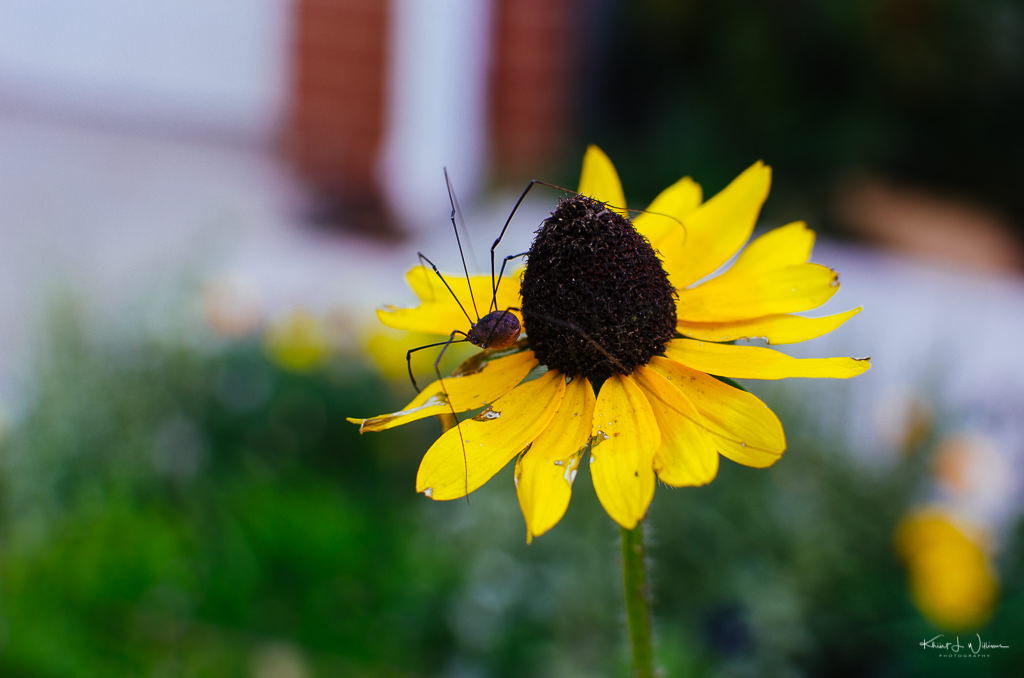For some reason, I had the urge to practice the Brenizer Method Panorama. I learned about the technique from a photographer on a photo walk several years ago. I have not used it much. Every once in a while, I suddenly remember the method and feel compelled to try it again. I think I have made a handle of images so far, all with varying degrees of success.
I convinced my wife to be my model, so I could practice making a panorama in the style of Brenizer. She agreed that if I went with her to pick up our farm share from the Honey Brook Organic CSA, she would model for me. I didn't need her to dress up. I just need a willing human subject and a suitable background. We got to the CSA just a few minutes before closing. It was the last day of the CSA for this growing season, and Bhavna was allowed to pick as many herbs as she could.
Although I have created a few Brenizer type panoramas, I read a few articles to refresh my knowledge of the technique. Many of the posts were excellent, but I like the simplicity of the approach by lightroom zen. I used the longest lens I own, an AF-S Nikkor 85mmG f/1.8.
My D5100 has only a few focus points. I found it challenging to find the 1⁄3 point in each photo. Instead of nine images as recommend in the lightroom zen post, I had twelve. But I don't think that matters as much as ensuring I had full coverage of the subject.
After merging these images in Photoshop and some cropping, the final image is the featured image for this post.
Photographer, Brett Maxwell, has created a calculator that computes the effective focal length and aperture when stitching multiple photos together. My final image was 5729 by 8440 pixel, which is about 46MP. My Nikon D5100 is 16MP. Using Brett's calculator, the effective focal length is 49mm, and the effective aperture is 1.04.
So does that mean that I can claim I have 49mm f/1.04 lens? By using the Breziner method I have waved a magic wand and created a new lens from the old. Without buying any new equipment I was able to transmogrify my lens.
The next morning, after I showed her the final image, my wonderfully supportive wife asked, "Would that be even better if we had a more colourful background?". Practice makes perfect, right? So ... sometime soon we'll take a road trip somewhere.
